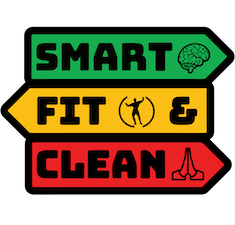Continuing to re-read the October 2002 CrossFit Journal and process my thoughts and reflections based on 17 years of experience with these ideas (I encountered them in 2003).
Here are the previous 4 articles on this topic:
- CrossFit History Lessons, Pt. 1
- CrossFit History Lessons, Pt. 2
- CrossFit History Lessons, Pt. 3
- CrossFit History Lessons, Pt. 4

Gymnastics
When Greg talks about gymnastics here, he’s including a whole range of disciplines whose aim is body control. Climbing, Yoga, Calisthenics, Dance, it’s an interesting collection of activities. I used this concept for a long time, but now I don’t think it’s honoring any of these individual disciplines to lump them all under “gymnastics”, except for Calisthenics, which is definitely a component of gymnastics. But, Climbing, Yoga, and Dance are really their own things with no relationship to Gymnastics. The umbrella category of “body control” or “movement disciplines” might be more accurate.
What I like about his way of thinking about these disciplines is that he links together the type of adaptations that are developed through their practice. Upper body and trunk strength, flexibility, coordination, balance, agility, and accuracy can all be well-developed through these disciplines.
This is really the area where I believe Greg Glassman had the most experience as an athlete and the greatest insights as a coach. He lays out a roadmap of gymnastics skills development, from calisthenics (like pull-ups, push-ups, dips, and rope climbs) to more difficult skills like muscle-ups and handstands.
Greg lays down the challenge of pirouette development, which really disappeared from CrossFit for most of the past two decades. I always thought that was a shame because pirouettes are clearly an awesome skill to develop that requires a high degree of body control. Actually, the first time I’ve ever seen them in a fitness competition was at last year’s iF3 World Championships in Sweden. It was a great call-back to the early days of Functional Fitness, and very impressive to watch.
He talks about presses to handstands and L-sits and stretching, things that I often employed in my CrossFit classes, but many clients looked askance at because they’d never seen that in their previous experience of “fitness as entertainment” or any CrossFit Games videos.
Our practice of gymnastics in the early days contained a lot of ideas around competency, control, and perfect form. I’ve always thought the CrossFit movement veered too far away from this centering of gymnastics over the years. Watching athletes bang out sets of 50 sloppy kipping handstand push-ups with a plexiglass wall to support them was never anywhere near as impressive as watching 1 single well-executed press to handstand followed by a free handstand push-up.
I still give body control and movement disciplines a high level of importance in my own training program and the programs I write for clients. This is one of the pillars of functional fitness. While its practice within the CrossFit scene has not quite lived up to the ambitions of their founder or the vision of us early practitioners, maybe we’ll see a comeback of these ideas.

2 thoughts on “CrossFit History Lessons, Pt. 5”